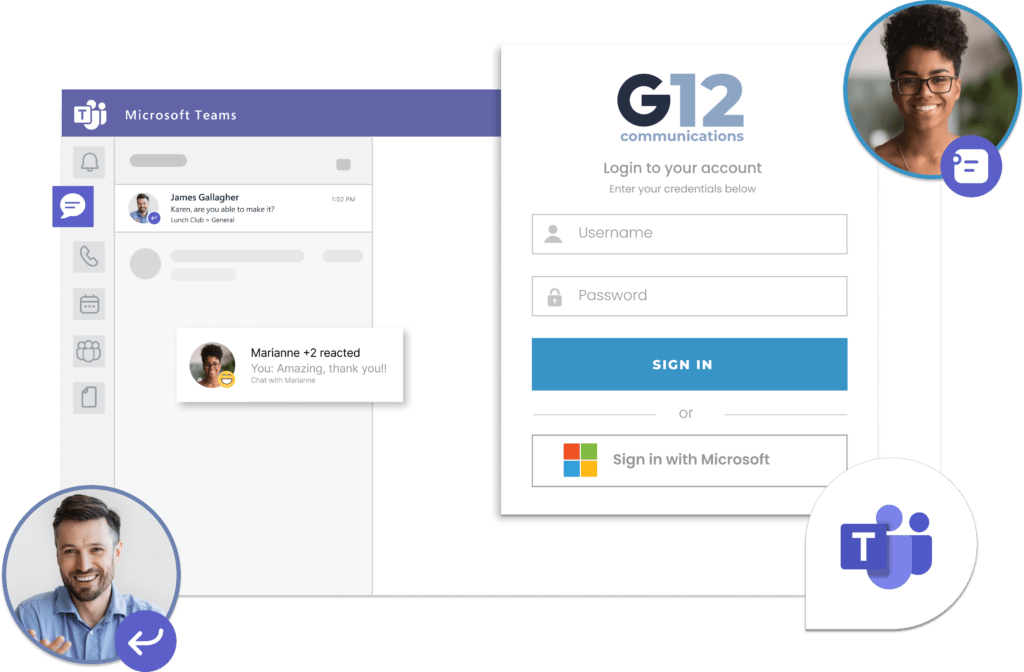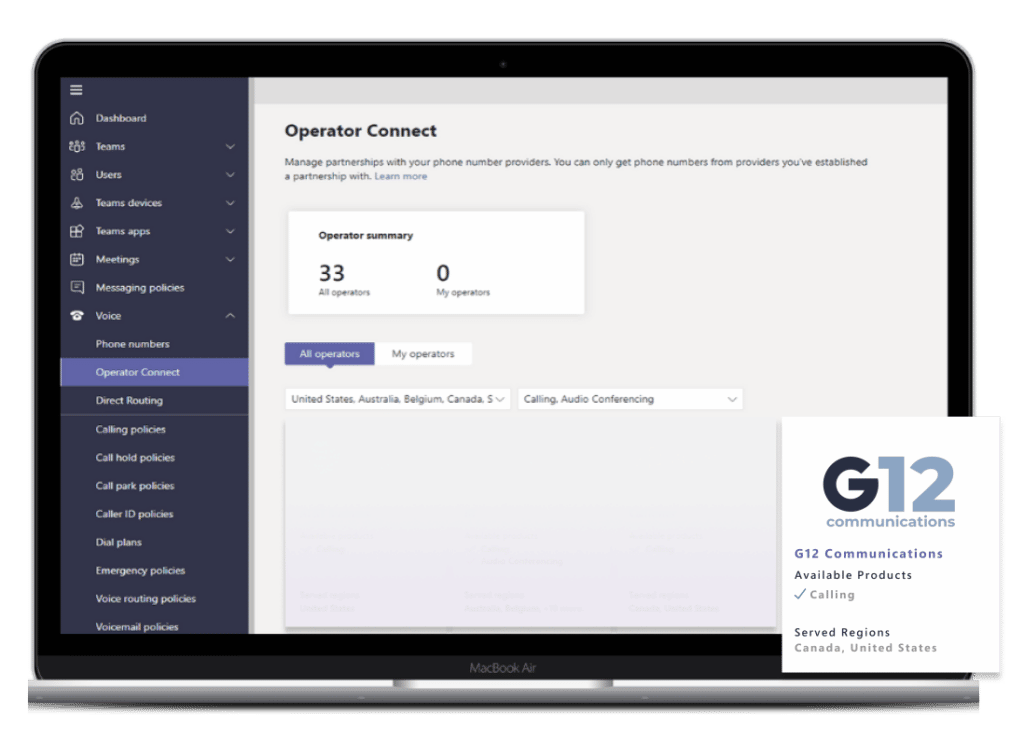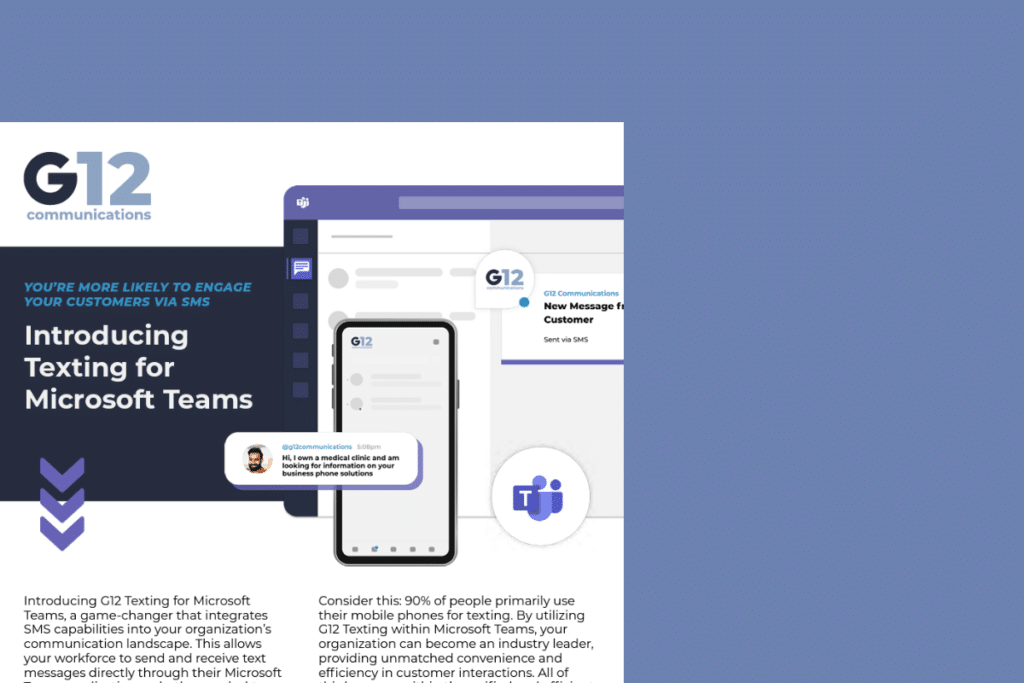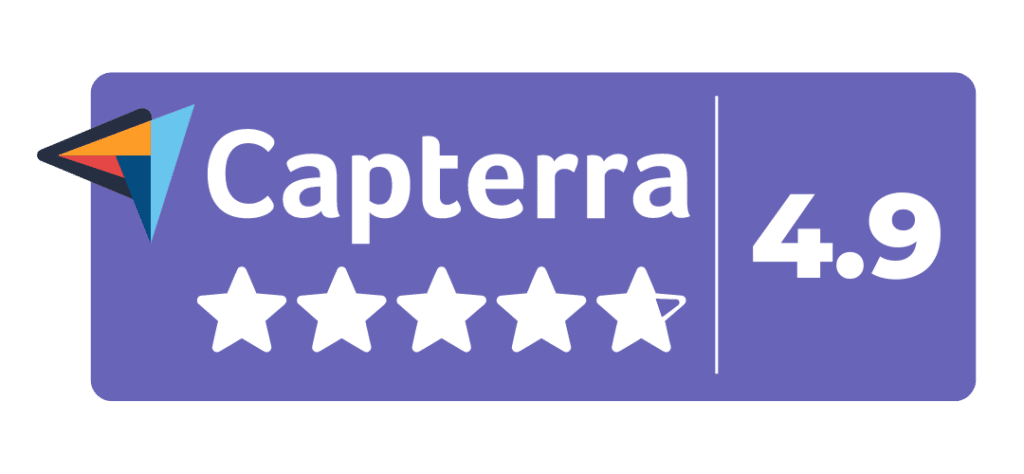Microsoft Teams Operator Connect
What is Operator Connect for Microsoft Teams?
Everything you need to know about the new Microsoft Teams Service
Operator Connect for Microsoft Teams overview
Operator Connect was made publicly available in September 2021 as the natural evolution of Microsoft’s Direct Routing service. This solution simplifies the process of integrating Public Switched Telephone Network (PSTN) connectivity into Microsoft Teams through a platform that’s configurable within a convenient dashboard. Businesses can choose from an extensive list of Microsoft-approved carriers, provisioning and de-provisioning new users from a dedicated dashboard.
Operator Connect allows any Microsoft Teams enabled device to be used for both inbound and outbound calls, making it the perfect option for businesses looking to integrate seamless PSTN-enabled calling with the familiar Microsoft Teams experience.
Interested in trying Operator Connect for your organization? Read on to see how easy making Teams your dedicated business phone system can be.

Key terms for Operator Connect
In order to fully understand what Operator Connect is and does, there’s some relevant terminology that you must first understand:
Public Switched Telephone Network (PSTN)
Comprising traditional phone lines, fiber optics, and cellular networks, the PSTN is the complex network of infrastructure and services that serves as the foundation for telecommunications. Although some organizations rely exclusively on VoIP solutions, most businesses still require PSTN capabilities in their day-to-day.
Microsoft-approved operator
Also known as Operator Connect Partners, Microsoft-approved operators have been formally assessed and approved by Microsoft for participation in the Operator Connect program.
Operator-managed infrastructure
Basically, this means that your operator is responsible for managing all the technical bells and whistles of your PSTN infrastructure — and that you should contact them for support should any issues arise.
Bring your own carrier (BYOC)
A term popularized by Microsoft to promote both Direct Routing and Operator Connect. It’s basically a fancy way of telling you that you can retain your existing carrier contracts and relationships when integrating PSTN services with Teams.
Enhanced 911 (E911)
E911 is a service responsible for routing 911 calls from devices such as smartphones, VoIP phones, and wireless phones. It supports GPS coordinates and enhanced location data, and in many states it’s required that your business support it.

How does Microsoft Teams Operator Connect work?
Once Microsoft has approved a PSTN carrier, that carrier is granted access to direct peering between the SIP trunking infrastructure and Microsoft Teams. Carriers are also provided with the capacity to configure automations around provisioning, billing, and reporting. In order to become an approved carrier, an organization must meet several requirements:
- End-to-end quality of service and a strong service-level agreement
- Direct peering through Microsoft Azure Peering Service (MAPS)
- Fully regulated and/or licensed to provide phone numbers and PSTN service
- At least two employees who have passed the Practical Guidance Assessment for Voice
- At least two employees with Microsoft 365: Certified Teams Administrator Associate
- The capacity to provide Tier 1 support, acting as the initial point of contact for most customer queries
- The right architecture, integration infrastructure, and interconnection infrastructure
- E911 support
Operator Connect is currently supported in more than sixty countries, and most major telecommunications vendors and carriers are approved operators — also known as Operator Connect Partners. Because Operator Connect is essentially a managed service, vendors take care of all the technical work involved in PSTN integration. Operator Connect Partners may also offer a range of different value adds such as on-demand scaling, a self-service portal for billing and management, and unlimited calling plans.
What are the pros and cons of Operator Connect?
There are both advantages and disadvantages to choosing Operator Connect, both largely dependent on your organization’s needs, budget, and pre-existing infrastructure.
Benefits of Operator Connect
Keep Your Existing Carriers
If you’re already working with an Operator Connect Partner as your carrier, you’ll be able to retain your current relationships, pricing, and contracts. You’ll also keep your current business numbers, with no porting required to integrate them into the Microsoft Teams phone system. Most leading carriers and PSTN providers are already vetted and approved by Microsoft.
Cost-Effective Calling
Operator Connect is generally viewed as the most cost-effective way for a business to add PSTN functionality to its Teams deployment. It’s important to note, however, that Operator Connect Partners maintain many different pricing models. Choosing the wrong provider could potentially undercut any savings gained from using the service.
There are a few factors which together make Operator Connect so efficient from a budget standpoint:
Minimal hardware requirements leading to reduced hardware spending.
Less time, effort, and resources spent configuring voice for Teams.
Dynamic scaling.
No need to maintain or support on-premises hardware.
Simple Configuration, Deployment, and Management
Administrators can connect third-party carriers to Teams via an interface which also allows them to handle user management, provisioning, and de-provisioning. There’s no coding or PowerShell knowledge required on the backend; everything is simple enough that even a business with no IT professionals can understand and leverage it.
Expert Partnerships
Using Operator Connect allows an organization to benefit from their PSTN provider’s comprehensive professional expertise. Many providers also track and report usage on the behalf of their clientele, enabling businesses to identify possible bottlenecks in their deployment.
Enhanced Networking
Operator Connect also provides at least some guarantee of connectivity, as clients are connected to both their carrier’s and Microsoft’s infrastructure. Coverage for Operator Connect typically spans a more comprehensive area compared to its alternatives, as well. Most importantly, because Microsoft holds its Operator Connect Partners to such a high standard, Operator Connect Partners typically provide superior security coupled with an excellent service-level agreement.
Drawbacks of Operator Connect
Licensing
Operator Connect isn’t something you can use straight out of the box with your other Microsoft products. In order to deploy and leverage the service, you’ll need to purchase additional licenses. At the minimum, this includes a basic Teams license, a Microsoft Phone System license, and a PSTN add-on.
The price of these licenses together typically starts around $22.50 per user per month. Less expensive than many alternatives, certainly — but still by no means free.
Lower Complexity Means Lower Customizability
Operator Connect is a highly flexible service in its own right. However, it offers less customizability compared to its predecessor, Direct Routing. This means that if your organization needs to accommodate complex telecommunications needs, you may find Operator Connect somewhat lacking.
The service’s reduced complexity also renders it slightly less versatile.
Somewhat Limited Carrier Choices
Because Microsoft has incredibly stringent requirements for its list of approved carriers, your options are naturally somewhat more limited with Operator Connect than with other choices. In most cases, if your carrier of choice doesn’t appear on that list, you’re out of luck. With that said, most major carriers are also approved.
North American coverage
G12 Communications offers Operator Connect for Microsoft Teams in the following places* :
- Operator Connect USA Coverage
- Operator Connect Canadian Coverage
USA COVERAGE
Alabama
Alaska
Arizona
Arkansas
California
Colorado
Connecticut
Delaware
Florida
Georgia
Hawaii
Idaho
Illinois
Indiana
Iowa
Kansas
Kentucky
Louisiana
Maine
Maryland
Massachusetts
Michigan
Minnesota
Mississippi
Missouri
Montana
Nebraska
Nevada
New Hampshire
New Jersey
New Mexico
New York
North Carolina
North Dakota
Ohio
Oklahoma
Oregon
Pennsylvania
Rhode Island
South Carolina
South Dakota
Tennessee
Texas
Utah
Vermont
Virginia
Washington
West Virginia
Wisconsin
Wyoming
CANADA COVERAGE
Alberta
British Columbia
Manitoba
New Brunswick
Newfoundland and Labrador
Northwest Territories
Nova Scotia
Nunavut
Ontario
Prince Edward Island
Quebec
Saskatchewan
Yukon
*Disclaimer: G12 Operator Connect may not be available in select remote areas
What calling features are available within Operator Connect?
Operator Connect goes well beyond basic voice calling. The service also supports a wide range of additional calling features. These include, but are not limited to:
- Auto Attendant/Call Queues
- Voice Policies
- Connectivity
- Third-Party Integration via the 365 API
- Streamlined Number Provisioning
- Number Porting
- Service Management
- Joint Microsoft/Carrier Support
- Flexible, Usage-Based Pricing
- Streamlined Number Management

Operator Connect vs. Direct Routing
Alternatives to Operator Connect
Although Operator Connect is in many ways an evolution of Direct Routing, there are scenarios in which the latter is a better option than the former. This boils down to certain key differences between the two. First and foremost, while Direct Routing allows you to use any PSTN carrier, Operator Connect limits you to a list of pre approved partners.
Direct Routing is also considerably more complex than Operator Connect. On the surface, this may seem detrimental. Yet for larger enterprises with unique infrastructure requirements and demands, it can be a significant advantage. It means that you have greater control over your Teams integration, potentially affording wider geographic reach and the capacity to loop in other UCaaS solutions which may be unsupported by Operator Connect.
Ultimately, when choosing between Operator Connect and Direct Routing, consider the following:
Do you need advanced control and configuration options due to your unique requirements?
Does your IT staff or managed service provider have the necessary expertise to manage Direct Routing’s complexity?
Is your existing carrier an Operator Connect Partner?
Do you still want to maintain on-premises hardware?
Does Operator Connect meet your coverage requirements?
Operator Connect vs. Microsoft Teams Calling Plan
A Microsoft Teams Calling Plan is your third option — an alternative to both Operator Connect and Direct Routing. As Microsoft’s first attempt at integrating external calling into Microsoft Teams, the Calling Plan makes Microsoft your carrier. This means terminating any prior carrier contracts and adhering to Microsoft’s rates.
While this is generally a reasonable choice for small organizations with limited budgets, it becomes gradually more inefficient as employee numbers and usage increase. It’s also a decent option for businesses primarily interested in receiving incoming calls rather than making outgoing calls.
If you're comparing Teams Calling Plans to Operator Connect, you'll want to consider the following:
- What is your budget?
- Where is your primary workforce situated?
- Where are your customers and partners?
- How quickly do you want to begin making and receiving calls?
- What are your usage requirements? How many outbound calls do you expect to make each month?
- Is your current carrier approved with Operator Connect?
Microsoft offers three primary options for its Calling Plans
— domestic, international, and pay-as-you-go.
Domestic calling
International calling
Pay-as-you-go calling


How do I set up Operator Connect?
Here's how to configure and deploy Operator Connect in less than 15 minutes:
- Login to your Microsoft Teams Admin Center.
- Select G12 Communications from the list of Operator Connect providers.
- Choose your region(s) and organization size.
- Fill out your contact information and accept our data privacy terms.
- Click “Add as my Operator.”
- Click on “Locations” in your left navigation bar.
- Under “Emergency Addresses,” choose a name and company then input your business address.
- Register & validate your email on our website.
Operator Connect Resources
LET'S GET STARTED
Make phone calls directly in Microsoft Teams
Turn Microsoft Teams into your dedicated business calling solution with Microsoft Operator Connect.
Start your free Operator Connect for Microsoft Teams trial today!
















